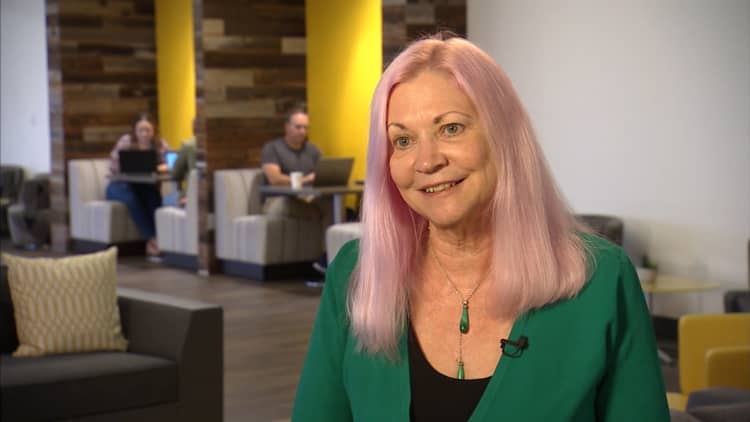Although salary is still considered a taboo topic in many workplaces, new data released by PayScale show that openly sharing employee salaries could be a top solution to closing the gender pay gap.
Right now, at the current rate of change, global gender parity will not be reached for another 99.5 years, according to the World Economic Forum. Using data from its platform, PayScale analyzed over 1.6 million survey responses in the U.S. on compensation and looked at around 400,000 responses from women who specifically spoke about pay transparency at work.
For women who agreed that their organization was transparent about the pay of its employees, PayScale found that the women earned between $1 and $1.01, on average, for every $1 a man earned at their company.
Women who strongly disagreed that their organization was transparent about pay earned, on average, 97 cents for every dollar earned by their male colleagues who had the same experience, did the same job and lived in the same area.
Though a three-cent difference may seem small, PayScale's CEO Scott Torrey points out that this difference in pay can easily add up to a significant loss over the course of a woman's career.
"Most employers want to pay all employees fairly," he tells CNBC Make It. "But it is clear to us that unconscious bias is part of human nature. And in many examples, it plays into the data that we see."
For example, a 2018 study from PayScale found that women and people of color are less likely to receive a pay raise when they ask for one, compared to white men, furthering the gender and racial pay gap that exists today.
But, when companies are open and honest about the salaries they give all employees, PayScale found that the wage gap in most industries and at all job levels disappears.
At the director level, women saw the largest jump in pay equity when their company is transparent. Women who work in a director-level role and who strongly disagree that their organization is transparent about pay earn 91 cents for every dollar earned by men. Women in director-level roles who strongly agree that their organization is transparent about pay earn salaries equal to men.
When looking specifically at industries, PayScale found that women in most fields made equal, and sometimes even more than men, when organizations were open and honest about salary. However, a few male-dominated industries like construction, food preparation, and maintenance and repair still fell shy of pay equity by four cents or less, even with transparent pay practices.
"I think the biggest thing that you're seeing there is the fact that there are a lot of barriers to entry to actually having an open and honest conversation about pay," says PayScale's director of research Sudarshan Sampath. He explains that in addition to these industries having fewer women in their field, most of these occupations are still very traditional in terms of how they manage their payroll. For example, while many industries have progressed to using software management systems, Sampath says some of these traditionally male-dominated industries still rely on old methods like Excel spreadsheets and timesheets, making it easy for human biases to creep in.
"They've been doing their pay practices using an account ledger and Excel for 30, 40 years," he says. "And the idea that they're going to immediately switch over to a software that addresses pay transparency [may be] a little advanced." Though transparency can certainly be achieved without the help of software and technology, Sampath says it will require these industries to do the necessary work needed to have "open and honest conversations about pay."
Torrey explains that in today's tight labor market, being transparent about salary could easily be a competitive advantage for many companies. That's why he advises employers who are looking to close their wage gap to closely examine how they're assessing an individual's compensation.
"A super important guiding principle is to price the job, not the person," he says. "The more that we let the unconscious biases associated with Sally, Joe or Tom fit into the discussion, the more we are immediately exposing ourselves to those biases."
Like this story? Subscribe to CNBC Make It on YouTube!
Don't miss: There are now more women working in the US than men—and these cultural shifts are part of the reason why



